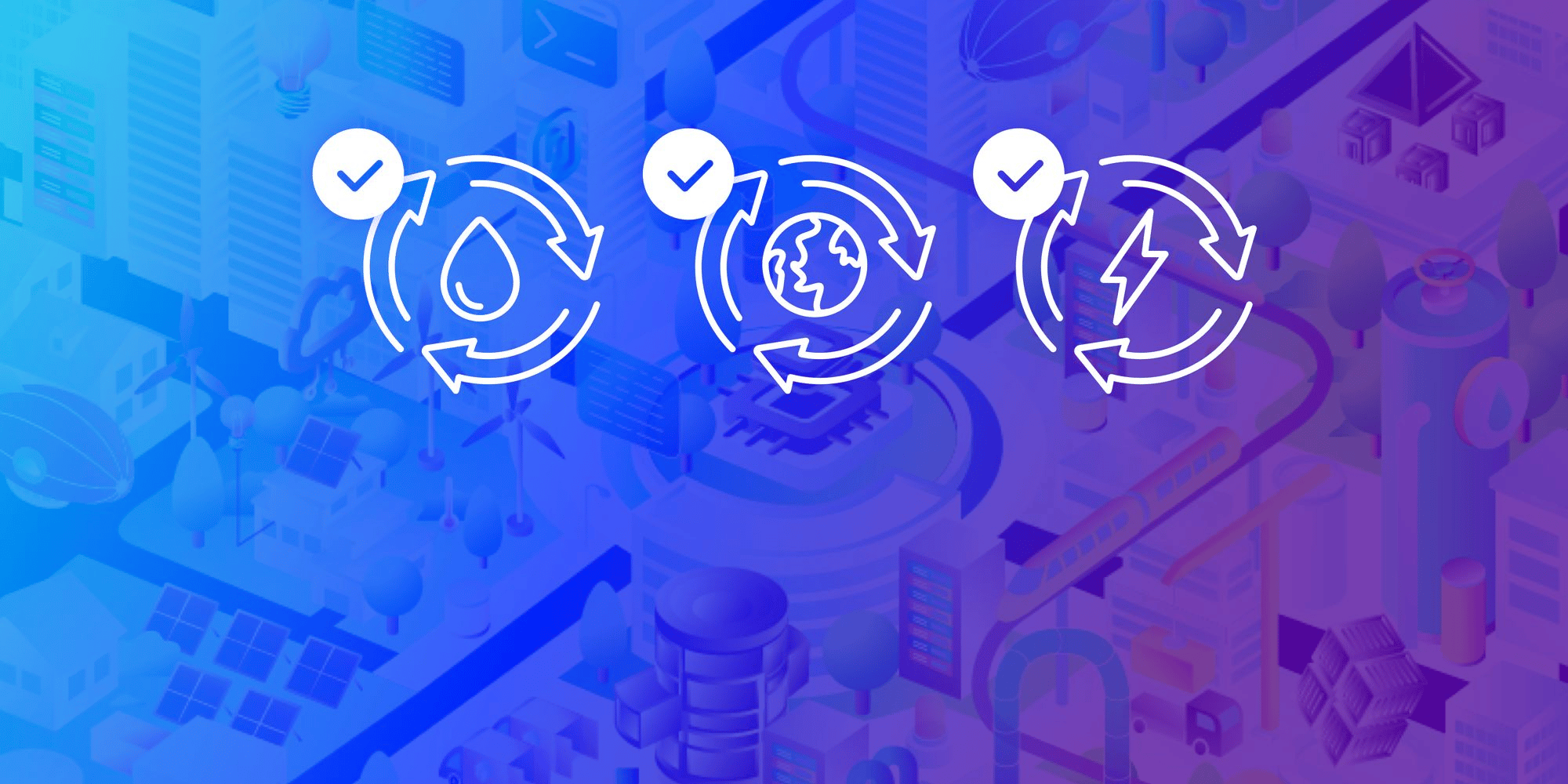What about after Digital Cleanup Day?

On Digital Cleanup Day, the sceptics among us might find themselves asking the following question - is it really possible to improve the digital sector’s environmental impact?
The answer is Yes. It is possible to improve our impact, and that’s what’s already happening. To give you a more concrete idea - the energy consumption of data centers has remained stable since 2015 despite traffic tripling and usage more than doubling (1).
Now it’s up to us to push further, and find the path that will take us to carbon neutrality.
As citizens, protecting the environment on a daily basis has already become a reflex. Our behavior in terms of purchasing and consumption digital should also be taken into account, and the sector’s operators need to take action too.
It might surprise you, but one of the first things to do to improve our digital environmental impact is to use the cloud, and to concentrate everything in data centers. I’m not trying to preach to the converted, but rather to invite you to take a look at the results and to consider them pragmatically.
## The cloud, or how to improve the digital sector’s environmental impact
Studies suggest that the cloud reduces the IT industry’s greenhouse gas emissions by 95% (2) . There are two reasons behind this:
- the centralization of activities and streamlining of costs thanks to the founding principle of the cloud - resource sharing - resources are entrusted to experts who, even if for purely economic reasons, aim to limit energy and hardware consumption as much as possible
The figures do, of course, veil disparities between data centers. That’s why Scaleway, at the risk of displeasing less scrupulous competitors, supports the actions driven by the French government which are:
- ambitious objectives as part of the environmental and digital roadmap (cut the energy consumption of data centers during permanent activity by 40% by 2030, 50% by 2040 and 60% by 2050)
- eco-conditionality criteria for waste heat recovery and water consumption, and reducing the fees for the TICFE (The Excise Tax on Final Electricity Consumption)
Moreover, Scaleway is doing its utmost to ensure that non-European stakeholders will not be the ones to dictate an insufficient level of environmental ambitions at EU level. We are lucky to benefit from ambitious and restrictive laws in this area in France, and need to ensure that the rest of Europe follows suit.
Scaleway’s standpoint comes from our profound beliefs that we have been defending for years now, stemming from our unique position in the market. We are a 100% European service provider, with over 20 years of experience and innovation. We are the only European cloud services provider (CSP) to offer data center colocation, public cloud and private cloud all at the same time.
In other words, we manage our infrastructure, hardware and software layers. This allows us to innovate and awards us the status of an environmentally responsible CSP, hoping that others will follow in our footsteps.
Scaleway’s current unique performances in terms of reducing energy and water consumption are possible thanks to patented cooling technology, based on the adiabatic principle, which does not rely on air conditioning or overuse water. This technology, developed by our founder and technical teams, makes DC5 one of the most efficient data centers in the world for energy and water usage.
In 2021, Scaleway will make it possible for clients to see their carbon footprint per cloud-based product. This will empower users to make responsible choices.
Green energy for environmental efficiency
In order to truly master your environmental impact, it’s not only necessary to limit energy consumption, but to also look at the type of energy you are using, and ensure it is green.
This is where stakeholders like Scaleway, by making the choice of having data centers in France, as well as offering a sovereign cloud, can benefit from the least carbon-intensive energy sources in the world.
We have been ensuring that the electricity used by our data centers comes from 100% renewable sources for many years now. All of Scaleway’s data centers are powered by hydroelectricity as it is currently the least carbon-intensive energy source available.
## A sustainable digital future
In this day and age, we have to recognize our responsibility as individuals, and we cannot ignore the fact that data has become a strategic resource. This is the digital era, and ensuring that data is regulated by European law, and protected from extraterritorial laws from other regions of the world, is essential.
Allow me to draw a parallel, if that’s still necessary, with our consumption patterns in our daily lives. We all want to buy local, whether it be for consumer goods, medicine or medical equipment. Our independence from data and support for key stakeholders should be something we bear in mind, and part of the roadmaps of our governments.
## It’s your turn to take action, alongside us
There are data centers and associated cloud service offers which are both environmentally and socially responsible. We’ve established that.
As a digital stakeholder it’s your actions which will be decisive. Not only should you take today to clean your digital trash, but also to adopt responsible digital behavior by moving toward digital sobriety and choosing providers who match your values and the goals you have for your country, and the environment.
(1) [https://www.iea.org/commentaries/data-centres-and-energy-from-global-headlines-to-local-headaches](https://www.iea.org/commentaries/data-centres-and-energy-from-global-headlines-to-local-headaches)
(2) Global e-Sustainability Initiative 2013
**Albane Bruyas**